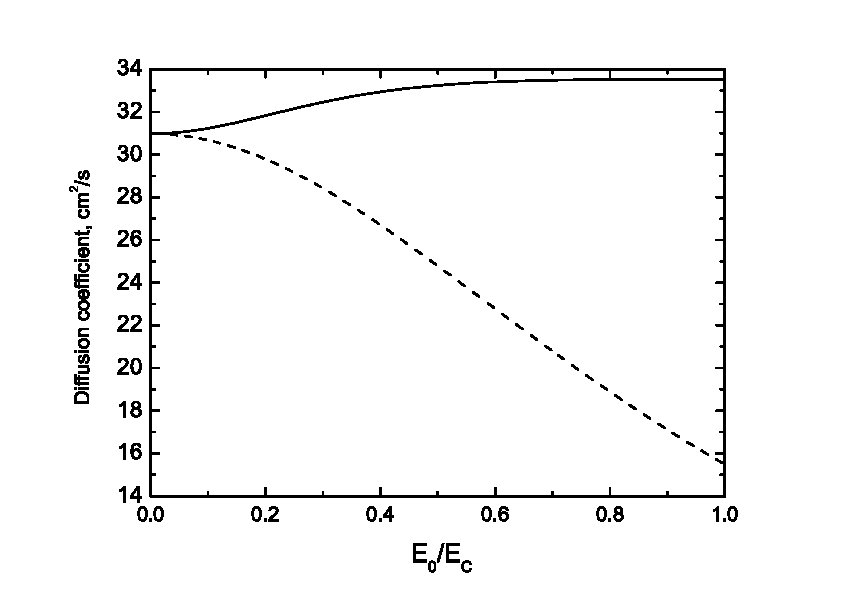NANOSYSTEMS: PHYSICS, CHEMISTRY, MATHEMATICS, 2017, 8 (6), P. 740–745
Kinetic coefficients of semiconductor superlattices in high-frequency electromagnetic fields
A.V. Shorokhov – National Research Mordovia State University, Bolshevistskaya, 68, Saransk, 430005, Russia; alex.shorokhov@mail.ru
N. S. Prudskikh – National Research Mordovia State University, Bolshevistskaya, 68, Saransk, 430005, Russia
M. B. Semenov – Penza State University, Krasnaya, 40, Penza, 440026, Russia
V. D. Krevchik – Penza State University, Krasnaya, 40, Penza, 440026, Russia
M. A. Pyataev – National Research Mordovia State University, Bolshevistskaya, 68, Saransk, 430005, Russia
S. E. Golovatyuk – National Research Mordovia State University, Bolshevistskaya, 68, Saransk, 430005, Russia
Tian-Rong Li – Institute of Functional and Environmental Materials, Lanzhou University, Lanzhou, China
Yu-Hua Wang – Institute of Functional and Environmental Materials, Lanzhou University, Lanzhou, China
Kinetic coefficients of semiconductor superlattice are obtained from the Boltzmann transport equation with Bhatnagar–Gross–Krook (BGK) collision term and Poisson equation. Using the universal analytic procedure, we found kinetic coefficient in the quasistatic limit starting from the exact solution of the Boltzmann transport equation. It is shown that the Einstein relation for the diffusion coefficient is applicable only for weak fields and it is not valid in the general case. As a consequence, a drift-diffusion model of miniband transport in the case of strong dc and ac fields should be corrected, taking into account the kinetic coefficients obtained from the Boltzmann equation.
Keywords: superlattice, Boltzmann equation, drift-diffusion model, THz radiation, diffusion coefficient, drift velocity, Maxwell frequency, Einstein relation.
PACS 73.63.-b
DOI 10.17586/2220-8054-2017-8-6-740-745
